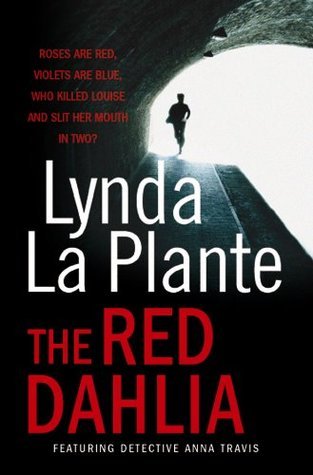Required Practical 03: Food Tests
About this practical...
In this practical, you will learn how to test for sugars, starch, protein and fats. It is really important that you learn these tests - reagents, the substance you are testing for and what a positive test looks like.

Method:
In this experiment, it is critical that you follow each of the stages that your teacher shows you. Those below are quite general so pay close attention.

1. Carefully collect your food samples, grind them up in a pestle and mortar and place them into test tubes which are clearly labelled.

2. Test for sugars - add the Benedict's solution then place the test tube in a water bath. If the blue solution forms a red precipitate, (reducing) sugars are present. Record all observations and results.

3. Test for starch - add a few drops of iodine solution. If the initial yellow/brown solution turns blue/black, starch Is present. Record all observations and results

4. Test for protein - add Biuret A then B (sodium hydroxide and copper sulfate). If the mixture changes from blue to lilac/purple, protein/amino acids are present. Record all observations and results.

5. Test for fats - add some ethanol and shake to dissolve the fats, now add some water. If a white emulsion is formed, then there are fats present. Record all observations and results.

Safety & Managing Risks
Be very aware of any allergies. Goggles must be worn throughout the practical, students must remain standing. Bags and stools tucked away. As you are using naked flames, all long hair must be tied back. If there are any spillages or if any glass is broken, inform your teacher straight away. For more detailed information, please consult CLEAPSS.

Technician notes:
Pestles & mortars

Test tubes

Benedict's solution

Iodine solution

Biuret A & B solutions

Ethanol

Waste collection buckets

This page was updated on: 1st August 2022

